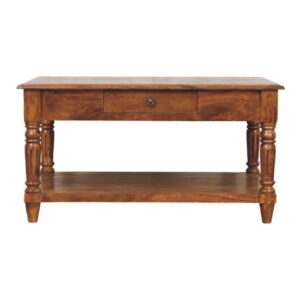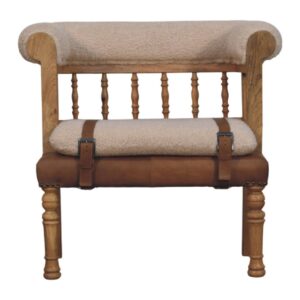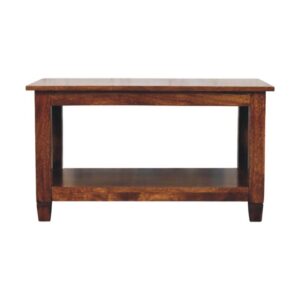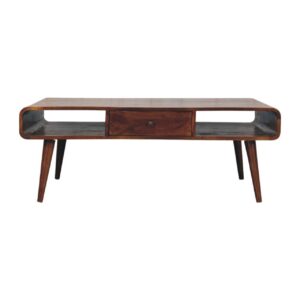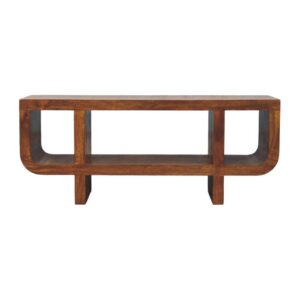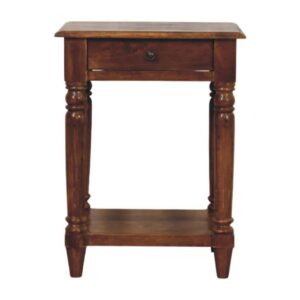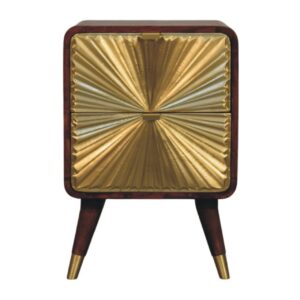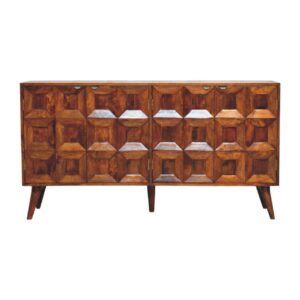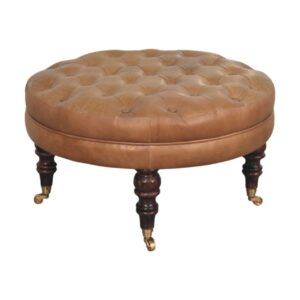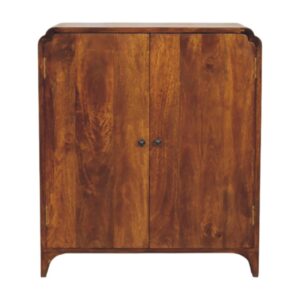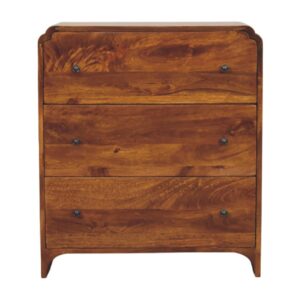Drop ship furniture: A Comprehensive Guide
In the ever-evolving world of retail, drop shipping furniture has emerged as a game-changer for businesses looking to offer a wide variety of products without the complexities of managing physical inventory. In this model, a furniture store doesn’t keep items in stock. Instead, it passes client orders and shipping details directly to the manufacturer, another retailer, or a wholesaler, who then drop ships the products straight to the consumer. This approach has become increasingly popular in the furniture and home décor sector, offering a flexible and cost-effective solution for retailers and customers alike.
What is Drop Shipping Furniture?
Drop shipping furniture refers to a retail fulfillment method where the store doesn’t hold the furniture inventory it sells. Instead, when a customer places an order, the retailer forwards the order and shipment information to a third party—typically a manufacturer, wholesaler, or another retailer—who ships the product directly to the consumer. This method allows furniture stores to offer an extensive range of products without the overhead costs and logistical challenges associated with maintaining a physical inventory.
Benefits of Drop Shipping Furniture
1. Wide Product Selection Without Inventory Hassles
One of the primary advantages of drop shipping is the ability to offer a broad selection of furniture and home décor items without needing to physically stock these items. This model allows retailers to quickly expand their catalog, providing customers with a variety of options to choose from.
2. Reduced Operational Costs
By eliminating the need to manage inventory, store owners can significantly reduce their operational costs. There’s no need for warehousing, and the associated costs of storage, insurance, and staffing are also minimized. This cost savings can then be passed on to the customer, making furniture more affordable.
3. Flexibility and Scalability
Drop shipping provides retailers with flexibility and scalability. As the business grows, you can add new products to your catalog without worrying about the logistics of warehousing and inventory management. This scalability makes it easier to meet the demands of a growing customer base.
4. Risk Reduction
Since retailers don’t purchase inventory upfront, they reduce the risk of unsold stock. This is particularly beneficial in the furniture industry, where large and expensive items may take longer to sell. Drop shipping ensures that retailers only pay for products when a sale is made.
Challenges of Drop Shipping Furniture
1. Quality Control
One of the main challenges with drop shipping furniture is maintaining quality control. Since the retailer does not handle the products directly, they must rely on their suppliers to ensure the quality of the furniture. Choosing reliable manufacturers and wholesalers is crucial to maintaining customer satisfaction.
2. Shipping Times and Costs
Shipping times can be longer with drop shipping, especially if the supplier is located far from the customer. Additionally, shipping costs can vary, which may affect pricing strategies. Retailers need to communicate clearly with customers about delivery times to manage expectations.
3. Dependence on Suppliers
Retailers are heavily dependent on their suppliers for inventory availability, order fulfillment, and shipping. Any disruptions on the supplier’s end can directly impact the retailer’s business. Building strong relationships with reliable suppliers is essential to mitigate these risks.
How to Start a Drop Ship Furniture Business
1. Choose Your Niche
Decide on the type of furniture you want to sell. This could range from modern minimalist designs to rustic or vintage pieces. Focusing on a specific niche can help you target a particular customer base and stand out in a crowded market.
2. Find Reliable Suppliers
Research and partner with reliable manufacturers, wholesalers, or other retailers who offer drop shipping services. Ensure they have a good reputation for quality and timely delivery. Platforms like Alibaba, Oberlo, or SaleHoo can be helpful in finding suppliers.
3. Set Up Your Online Store
Create an online store where customers can browse and purchase your furniture. Platforms like Shopify, WooCommerce, or BigCommerce offer user-friendly solutions for setting up an e-commerce site. Ensure your website is optimized for mobile and has a seamless checkout process.
4. Implement a Pricing Strategy
Determine your pricing strategy by factoring in the cost of goods, shipping, and any other fees associated with drop shipping. Competitive pricing is essential, but ensure your margins are sufficient to cover costs and generate profit.
5. Market Your Store
Use digital marketing strategies like SEO, social media marketing, and email campaigns to attract customers to your store. High-quality images and detailed product descriptions are key to convincing customers to purchase furniture online.
Drop shipping furniture offers a practical and efficient way to enter the furniture retail market without the burden of managing inventory. By focusing on quality suppliers, clear communication with customers, and effective marketing, you can build a successful drop ship furniture business that meets the needs of a modern, cost-conscious consumer base.

